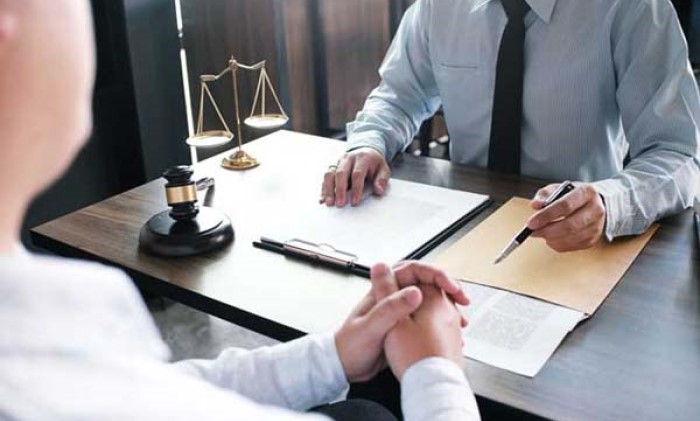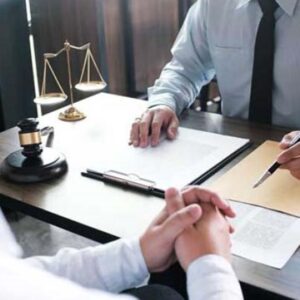Stay safe and informed with our comprehensive guide on pedestrian accidents at night. Learn essential safety tips and understand the legal implications to protect yourself and others.
Introduction
Pedestrian safety is paramount, especially during nighttime when visibility is reduced, increasing the risk of accidents. Understanding safety measures and legal considerations is crucial for both pedestrians and drivers. In this guide, we delve into safety tips and legal implications regarding pedestrian accidents at night, ensuring you have the knowledge to stay safe and protected.
Essential Safety Measures for Pedestrians
Understanding Visibility Challenges
Navigating roads at night poses unique challenges due to reduced visibility. Pedestrians must prioritize visibility by wearing reflective clothing or accessories.
Utilizing Designated Crosswalks and Pedestrian Signals
Crossing roads at designated areas with proper signals significantly reduces the risk of accidents. Always use crosswalks and obey pedestrian signals for safe passage.
Avoiding Distractions
Stay focused and alert while walking at night. Avoid distractions such as texting or listening to loud music, which can impair your awareness of surroundings and oncoming vehicles.
Walking Against Traffic
When sidewalks are unavailable, walk facing oncoming traffic to increase visibility and allow for quicker reaction to approaching vehicles.
Safety Tips for Drivers
Reducing Speed in Residential Areas
Decreasing speed limits in residential neighborhoods can significantly reduce the severity of accidents involving pedestrians.
Staying Alert and Vigilant
Be attentive while driving at night, scanning the road for pedestrians and being prepared to stop at a moment’s notice.
Utilizing High Beams Responsibly
Use high beams judiciously to improve visibility without blinding pedestrians or oncoming drivers.
Yielding to Pedestrians
Always yield to pedestrians at crosswalks and intersections, even if they have the right of way.
Legal Implications
Duty of Care
Drivers have a legal duty to exercise reasonable care to avoid causing harm to pedestrians. Failure to adhere to this duty can result in legal consequences.
Comparative Negligence
In cases of pedestrian accidents, courts may assess the comparative negligence of both parties involved, considering factors such as pedestrian visibility and adherence to traffic laws.
Liability for Negligence
Drivers found negligent in pedestrian accidents may be held liable for damages, including medical expenses, lost wages, and pain and suffering.
Criminal Charges
In severe cases of negligence or recklessness, drivers may face criminal charges, such as vehicular manslaughter, resulting in severe legal penalties.
FAQs (Frequently Asked Questions)
- What should pedestrians do to enhance their visibility at night? Pedestrians can enhance their visibility by wearing reflective clothing and accessories, such as vests or bands.
- Are drivers always at fault in pedestrian accidents? Not necessarily. Liability in pedestrian accidents depends on various factors, including negligence and adherence to traffic laws.
- Can pedestrians be held responsible for accidents? Yes, pedestrians can be held partially responsible for accidents if they fail to exercise reasonable care or violate traffic laws.
- What legal actions can pedestrians take after an accident? Pedestrians may pursue legal action against negligent drivers to seek compensation for damages incurred, including medical expenses and lost wages.
- How can drivers avoid pedestrian accidents at night? Drivers can reduce the risk of pedestrian accidents by staying vigilant, obeying speed limits, and yielding to pedestrians at crosswalks.
- What should drivers do if they are involved in a pedestrian accident? Drivers should immediately stop at the scene, render aid to the injured pedestrian, and contact emergency services and law enforcement.
Conclusion
Navigating roads at night presents inherent risks for both pedestrians and drivers. By adhering to safety measures and understanding legal implications, individuals can mitigate these risks and contribute to safer road environments. Remember, staying informed and vigilant is key to preventing pedestrian accidents and ensuring the safety of all road users.




The legal framework outlined regarding duty of care, comparative negligence, and potential criminal charges adds a necessary depth, educating readers on the consequences of negligence and the importance of adherence to traffic laws. This comprehensive guide is undoubtedly a valuable resource for enhancing safety and legal awareness.
Given the complexities of legal implications in pedestrian accidents, could you elaborate on how pedestrians might more effectively gather evidence at the scene of an accident to support potential legal claims?
The expert strategies highlighted in your guide, including the importance of immediate documentation and seeking legal counsel, are particularly helpful for ensuring that victims receive just compensation. Your guide effectively underscores the need for thorough preparedness and the right legal expertise in addressing these challenging situations.
Could you elaborate on the specific challenges that legal experts face when gathering evidence in parking lot pedestrian accidents, especially in scenarios where there are no clear witnesses or immediate documentation?